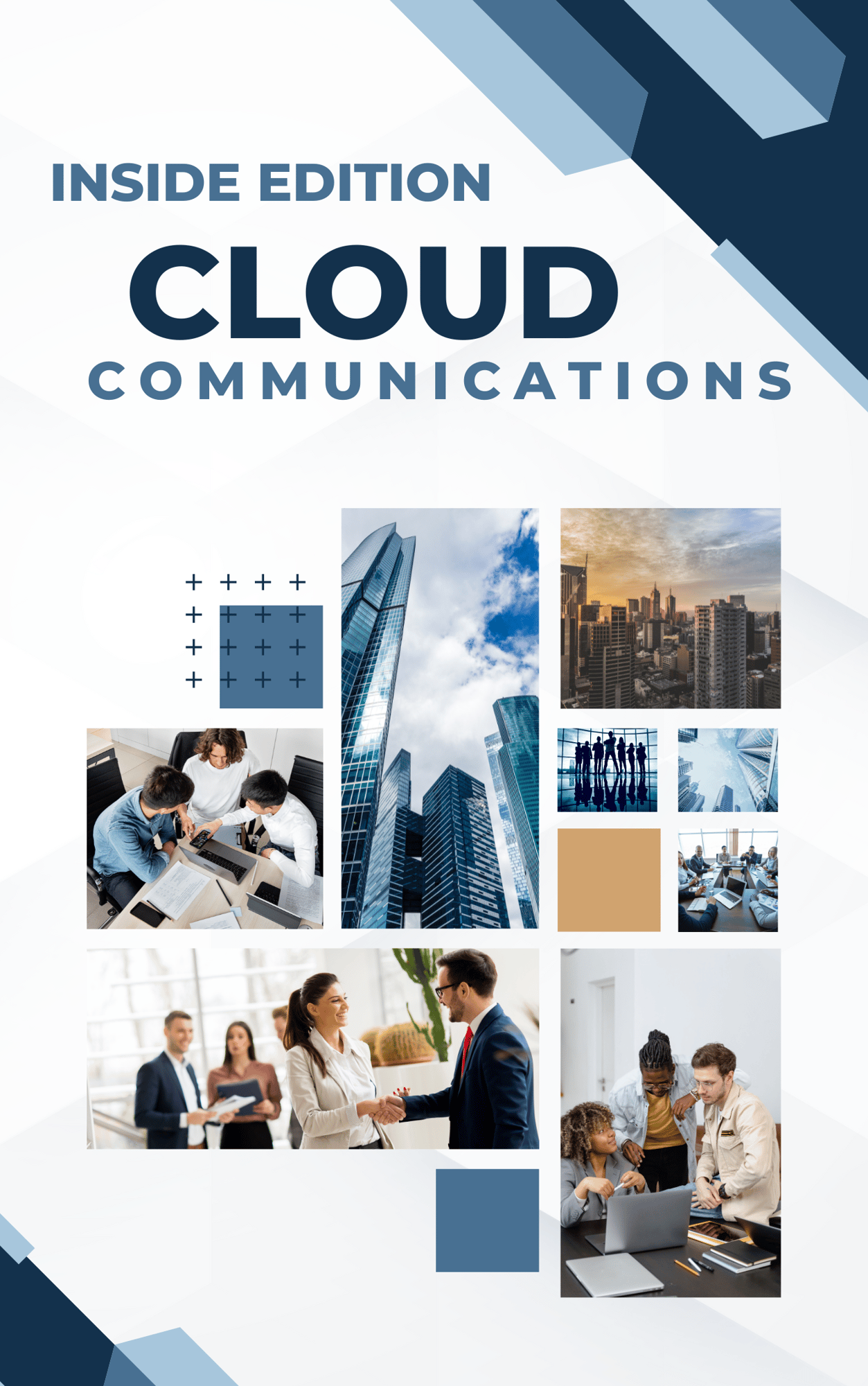The widespread adoption of remote work has fundamentally transformed the corporate landscape, redefining traditional notions of the workplace. However, this shift towards decentralized operations also introduces significant cybersecurity risks, which underscore the critical need for robust defenses.
It is more critical than ever to launch a multi-layered security approach to safeguard organizational data and systems. Here, we reiterate essential actionable steps you can take to mitigate these vulnerabilities and protect sensitive information.
Securing Home Networks
- Strong Wi-Fi Encryption
One of the foundational steps in securing remote environments is ensuring that home Wi-Fi networks are encrypted with the latest standards such as WPA3. This encryption method thwarts unauthorized access attempts and safeguards against data interception.
- Changing Default Router Settings
Many home routers come with default usernames and passwords that are widely known and exploited by cybercriminals. It is crucial to change these default settings to unique, strong credentials to prevent unauthorized network access.
Use Strong, Unique Passwords
- Password Managers
Managing multiple accounts and passwords can be daunting for remote workers. Password managers offer a solution by generating, storing, and auto filling complex passwords for each account. This ensures that every login is protected by a unique and robust credential.
- Multi-Factor Authentication (MFA)
Implementing MFA adds an additional layer of security by requiring users to verify their identity through a second form of authentication, such as a text message code or app notification. This significantly reduces the risk of unauthorized access even if passwords are compromised.
Protecting Devices
- Antivirus/Anti-Malware Software
Deploying and regularly updating antivirus and anti-malware software on all devices used for work purposes is essential. These tools detect and neutralize threats before they can compromise sensitive data.
- Regular Software Updates
Keeping operating systems, applications, and security software up to date with the latest patches and updates is crucial. Outdated software often contains vulnerabilities that cyber attackers exploit to gain unauthorized access.
- Encrypted Storage
Sensitive data should be stored in encrypted formats to ensure that even if a device is lost or stolen, the data remains inaccessible to unauthorized individuals. Utilizing both built-in encryption features and third-party solutions enhances data security.
Secure Communication Channels
- Virtual Private Networks (VPNs)
Using reputable VPN services encrypts internet traffic, making it difficult for attackers to intercept and access data transmitted over public or unsecured networks. This is especially important when accessing company resources remotely.
- Encrypted Messaging and Email
Employing encrypted communication tools for messaging and email ensures that the content of communications remains private and secure. Organizations should prioritize platforms that offer robust encryption standards.
Safe Browsing Practices
- Browser Security
Configuring web browsers with security features such as pop-up blockers and ensuring that secure (HTTPS) connections are used whenever possible helps mitigate risks associated with malicious websites and data interception.
- Avoiding Phishing Attacks
Remote workers must remain vigilant against phishing attempts, which often target individuals through deceptive emails or messages. Verifying sender identities and refraining from clicking on suspicious links or downloading attachments is crucial.
- Use of Ad Blockers
Ad blockers can prevent malicious advertisements from displaying on web browsers, reducing the risk of malware infections and phishing attacks that exploit ad networks.
Education and Training
- Regular Security Training
Continuous education on cybersecurity best practices, including phishing awareness and safe browsing habits, is essential for remote workers. Training sessions should simulate real-world scenarios to prepare employees to identify and respond to potential threats effectively.
- Incident Response Plan
Developing and practicing an incident response plan ensures that employees know how to report security incidents promptly and take appropriate mitigation steps. This plan should include contact information for IT support and predefined protocols for different types of security breaches.
Personal Responsibility and Vigilance
- Personal Device Hygiene
Encouraging employees to maintain good digital hygiene on their personal devices, such as performing regular backups and securing configurations, enhances overall cybersecurity resilience.
- Being Aware of Social Engineering
Educating employees about common social engineering tactics, such as pretexting and baiting, helps them recognize and thwart attempts to manipulate them into divulging sensitive information or granting unauthorized access.
Conclusion
As the remote work trend continues to evolve, organizations must adapt their cybersecurity strategies to effectively mitigate emerging threats. By implementing comprehensive security measures tailored to remote environments, businesses can ensure the confidentiality, integrity, and availability of their data. If your organization needs expert guidance to enhance remote work cybersecurity, our team is ready to assist. Contact us today to discuss your specific cybersecurity needs and bolster your defenses against cyber threats.

Aug 29, 2024 11:00:00 AM





Comments